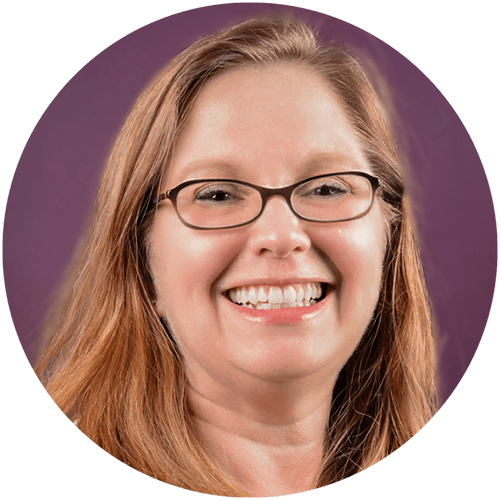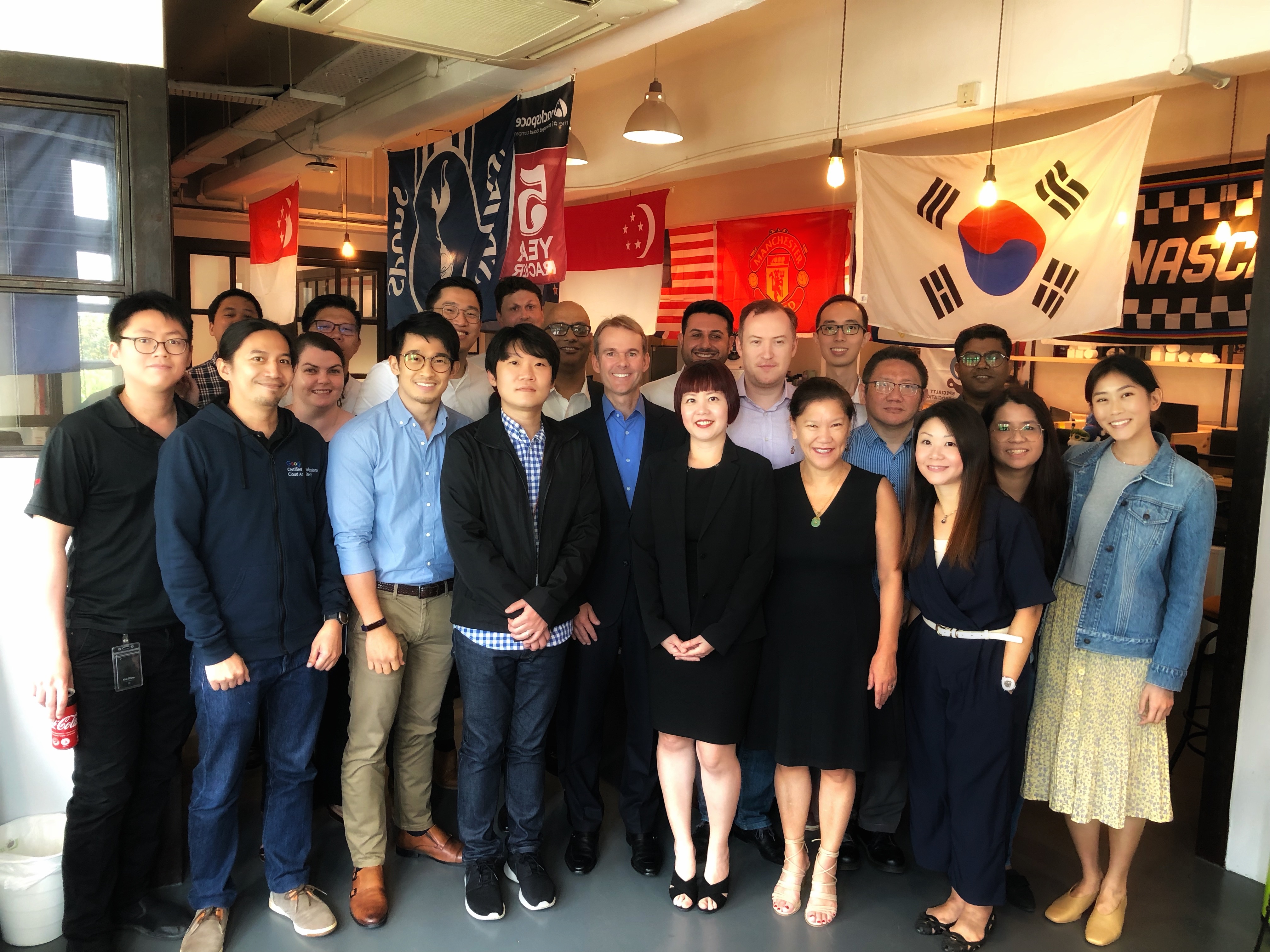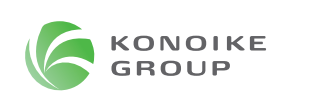
Rackspace saves hundreds of hours per year while gaining consistency and transparency with Smartsheet Control Center
With Smartsheet, Rackspace’s Corporate Project Management Office saves hundreds of hours per year in project and program creation while gaining better insights and transparency across the project portfolio.

"With Smartsheet we got efficiency, consistency and reporting, and we’re seeing a 30% savings in effort. Our former PMO director says that our PMO team saves at least 20 hours a week because they can self-serve metrics on projects."
Program Manager, Japan market, Rackspace Technology
The Corporate Project Management Office (PMO) at Rackspace Technology needed a platform to help standardize and streamline management of new projects and programs across its global portfolio. With Smartsheet, Rackspace replaced manual processes and inefficient systems with a platform that uses consistent templates, automated workflows, and flexible collaboration, saving hundreds of hours of work while dramatically increasing visibility and accountability.
“I end up using Smartsheet for a lot of different things,” says Lisa Wagstaff, program manager for the Japan market at Rackspace Technology, who until recently was filling the same role in the U.S. “I use Control Center templates to run my projects, but any time I need to collect data, I’m pulling up Smartsheet and saying, ‘How can I create this?’ Nine times out of 10, at some point I’m going to need somebody to collaborate with me, and why not just get it pulled together now? Smartsheet has been an integral part of that.”
Rackspace helps customers accelerate their path to the cloud, which has become more important than ever during the course of the COVID-19 pandemic. Wagstaff recently relocated to Japan, where the need to optimize and manage the cloud experience is particularly acute because the market has lagged other countries in building cloud and remote strategies.
“We focus on helping the customer understand the best balance of different cloud technologies to help them meet their needs,” Wagstaff says. “In Japan, a lot of customers are still strongly invested in on-premises solutions; they did not really embrace the concept of working from home, but were forced to adopt that model over just a few weeks, and a lot of companies have struggled. Our goal is to work with our partners to help those customers more effectively navigate the path to the cloud.”
Tailoring solutions to each customer’s unique needs, from choice of technology vendor to security management, requires flexibility and innovative thinking. Wagstaff says the Corporate PMO’s ability to innovate was constrained by manual and inconsistent approaches to creating and tracking projects. When she joined Rackspace, a legacy PM platform was being discontinued partly because of high licensing costs and partly because of a bug that regularly resulted in data loss. After spending the transition period using spreadsheets, email, and PDFs to track and report project status, she was delighted to start putting everything into Smartsheet.
“With the previous tool, we could not do portfolio-level reporting without manually compiling weekly reports,” Wagstaff says. “Without templates, there was very little consistency, and therefore there was no apples-to-apples comparison of projects. There was absolutely no collaboration. And for any kind of customization, we always had to have consultants come in; we had no internal ability to support the tool. We saw all of that very much resolved by moving to Smartsheet.”
Consistent project management with Control Center
Today the Corporate PMO at Rackspace uses Smartsheet to more efficiently and strategically create and manage projects and programs that span geographic and team boundaries. With Control Center, Wagstaff and her team were able to create standard blueprints for projects and programs. A set of 4-5 specialized sheets for a project feed into 10 tailored reports. When information is updated in one place, automated cell interlinking ensures that the new details are updated everywhere, making it easier to make accurate comparisons and measure progress across the full portfolio of projects.
“Before Smartsheet, it was hard to get a consistent experience,” Wagstaff says. “The way that we implemented Control Center forced us to make a certain set of templates, and to hold true to that set of templates so we’d be able to do global updates. It forced us to think about how we needed to create those templates to generate the robust program and portfolio level reporting we wanted. Now that project reporting naturally flows from our daily work.”
Wagstaff has created dashboards that show portfolio-, program-, and project-level data, including current status, milestones, and deliverables for both the previous and upcoming 90 days. The dashboards combine red-yellow-green status designations with formulas to measure progress against deadlines, while enabling program and project managers to amend those color codes if they have work sessions planned or have other information that would affect a project’s pace of completion.
The dashboard views also enable better resource planning. Managers can see which projects are most actively staffed, or use filters to view individuals’ task lists and spot anyone who’s overloaded or available for new assignments.
“The project rolls into the program and the program rolls into the portfolio,” Wagstaff says. “As you make changes, you see in real time how the portfolio is being impacted. We can compare high-level risks and issues across projects, or see what resources are needed. If Joe is assigned on five different projects and five different tasks for the same day, he can work it out with the different project managers, because that’s not going to happen. It’s been really helpful to have that kind of consistency project to project.”
Saving hundreds of hours on project setup
The Corporate PMO at Rackspace uses Control Center templates to standardize the setup of new projects and programs. The previous process of copying and manually updating existing projects averaged 8-10 hours of work; creating a new project from a template takes about 30 minutes, from information entry to quality control and validation. The time savings are comparable for program creation, which used to take about 16 hours and now takes just one. For a team that typically has 30-50 new active projects per year across 5-10 programs, that’s nearly 1,000 hours of effort saved. And the global update function in Control Center pushes out template and feature changes automatically, instead of requiring manual searching and editing across the portfolio.
“In addition to running the provisioning, I actually am a program manager,” Wagstaff says. “With Smartsheet I’m able to keep the rest of the team running. They need a project and I’m able to do it. I was in Japan for 10 weeks in 2020, and I was able to keep them supported and spin up projects with no problem. Being in a SaaS environment where you can do it from anywhere has saved us an admin headcount in the PMO.”
Flexibility to collaborate inside and outside the company
One of the most important benefits the Corporate PMO gained from Smartsheet was the ability to collaborate more easily and efficiently across team and geographic boundaries. With a single location for project information and clear tracking of task ownership and dependencies, team members can easily see who has the information they need — or who is waiting for them to provide key details. Because Smartsheet makes it easy to share information with people who are not licensed users, project managers can engage people who are on different teams or even in different organizations, without worrying about licensing costs or access constraints.
“I have worked really closely with our license managers to use Smartsheet to do reconciliation and rationalization on licensing,” Wagstaff says. “We did a campaign to educate the user base on the difference between a free collaborator and a license holder. We use Smartsheet workflows to ask if someone needs a renewal each year and get their manager’s approval. We found that over a year, many people think they need a license to edit because so many other tools have that model; with the annual process we’re able to home in on who really needs a license, which helps us conserve company resources while giving the right access to the right people.”
For more information about this story, please see our case study.












